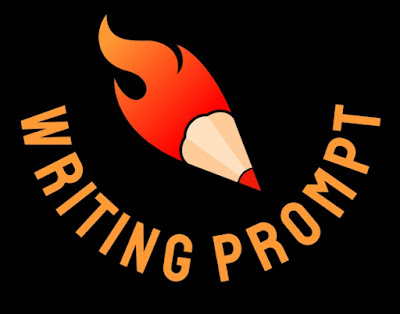Fiction Characters: How to Create People Who Live and Breathe on the Page
by Olivia Salter
Creating compelling characters is the cornerstone of good fiction. Characters are the heart and soul of a story, making readers care about the plot and what happens next. But how do you create fictional people who seem as real as the folks next door? Here are some tips for breathing life into your characters.
1. Understand Their Motivations Every character needs a reason for their actions. What drives them? What do they want more than anything? Understanding your character’s motivations will inform their decisions and make their actions believable.
2. Give Them Flaws Perfect characters are not only unrealistic, but they’re also unrelatable. Flaws make characters human and give them room to grow. Think about what weaknesses could hold your character back and how they might overcome them.
3. Develop a Backstory A character’s past shapes who they are. Spend time thinking about where your characters come from, what experiences they’ve had, and how these have affected them. This doesn’t all need to make it into your story, but it will help you understand your character better.
4. Use Dialogue Wisely Dialogue is a powerful tool for character development. Through conversations, you can reveal a character’s personality, background, and relationships without resorting to exposition. Pay attention to how your characters speak and what it says about them.
5. Show, Don’t Tell Instead of telling readers that a character is brave or kind, show these traits through their actions. This is more engaging and allows readers to draw their own conclusions about a character.
6. Let Them Change Characters should evolve over the course of your story. Their experiences should change them in some way, whether it’s subtle or profound. This growth makes characters feel alive and gives the story a satisfying arc.
7. Understand Their Role Every character should serve a purpose in your story. Whether they’re the protagonist, antagonist, or a side character, think about why they’re there and what role they play in the larger narrative.
8. Use Physical Descriptions Sparingly While some physical description is necessary, it’s often more effective to let readers fill in the blanks with their imagination. Focus on a few distinctive features rather than a full-blown description.
9. Consider Their Relationships Characters don’t exist in a vacuum. Their relationships with other characters can be just as telling as their individual traits. Think about how these dynamics work and what they reveal about all parties involved.
10. Test Them Put your characters in challenging situations to see how they react. This not only moves the plot forward but also deepens our understanding of who they are.
By following these tips, you can create fictional characters that are as nuanced and vibrant as real people. Remember, the goal is to make readers forget they’re reading about imaginary people and instead feel like they’re meeting someone new and interesting. Happy writing!














